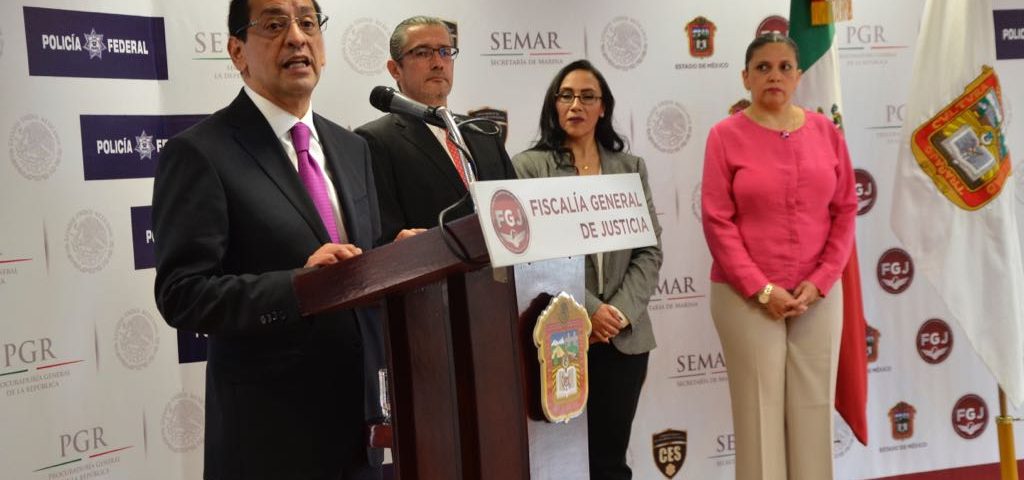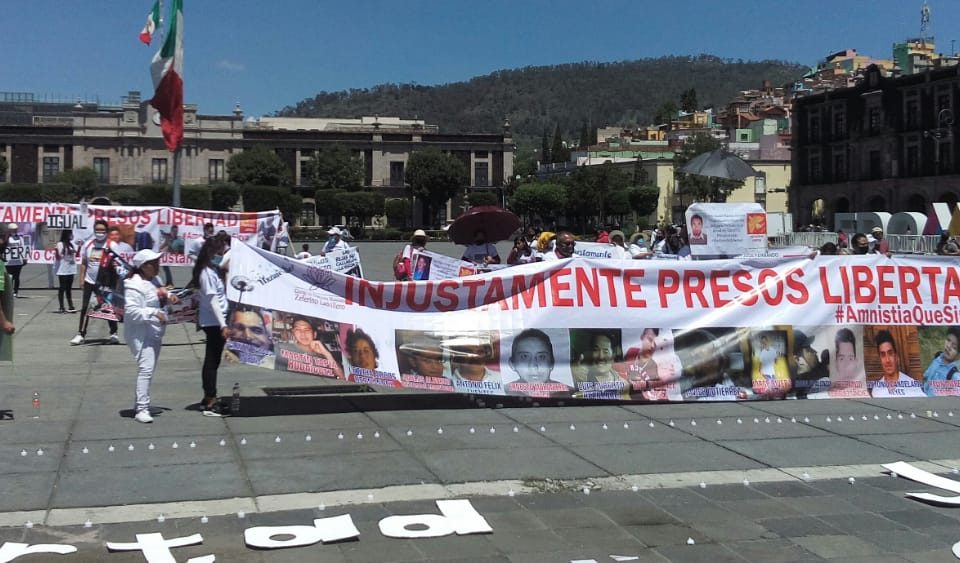
Second Chamber of the Supreme Court attracts appeal for review presented by members of Xochicuautla, for the cancellation of the highway
May 6, 2020
Mayor and Ecatepec officials donate salaries for those affected by COVID-19
May 6, 2020State Anticorruption System: complete but dull

HIGHLIGHTS
State Anticorruption System: complete but dull

May 5th, 2020
Despite the progress it has made since its creation, the state anti-corruption system of the State of Mexico is in danger, according to the Evaluation of the legal framework of the State Anti-Corruption Systems, carried out by Mexicanos Against Corruption and Impunity. Three years after the creation of the National Anticorruption System, its state versions have experienced slow progress, and in specific cases, with the resistance of local politics.
This is the case of the State of Mexico where José De la Luz Viñas Correa, who took office in July 2017, does not have an end date; that is, he holds the charge indefinitely.
On a positive note, the Mexican entity is among the 28 states that have enacted its seven secondary laws of the State Anticorruption System. This means that it has no pending laws and that both this aspect and the appointments of the Citizen Participation Committee (CPC) are complete. In fact, the CPC was installed relatively quickly, on October 20, 2017, three months after the appointment of the state anti-corruption prosecutor.
However, among the flaws that the SEA has in the entity is that, although it considers international cooperation mechanisms to combat corruption, it does not take into account federal mechanisms. Neither does it consider the participation of municipalities in the integration of the Coordinating Committee. This despite the fact that at the same time it lays the foundation for the creation of municipal anti-corruption systems. Something that is particularly worrying about the State Anti-Corruption System, and which is extremely contradictory given its nature, is that it is not very transparent. It does not specify that the votes in the determinations of the Coordinating Committee will be public, which results in disinformation that can be used for the purposes of the state government. Furthermore, the public recommendations of the Coordinating Committee (CC), CPC, and the Executive Commission (EC) are not binding. Furthermore, MCCI mentions that within the requirements for the appointment of the Technical Secretary, it does not mention a restriction on governors.
Another aspect that evidences its transparency is the lack of an annual work plan or activity report, neither of the CPC nor of the CC. This is explained by the fact that the State of Mexico was one of the entities that made the least changes in its state legislation to adapt the National Anticorruption System to its particular context. Both the Mexican entity and Coahuila and Sinaloa made six modifications, only behind Campeche, Guerrero, Veracruz (with five each), Tabasco, Tamaulipas (with four), Nayarit (two) and Chiapas (with one modification). Within the powers of the Coordinating Committee, the matters of the anti-corruption policy are detailed and it indicates as non-delegable powers for the governing body those "provided for in the Law for the Coordination and Control of Auxiliary Organizations of the State of Mexico." The LG refers to the Federal Law on Parastatal Entities.
With the above, it seems that the State of Mexico only sought to comply with the strictly essential of the State Anti-Corruption System, leaving aside an essential aspect in the fight against corruption: it must be transparent. The laws and apparent completeness in the construction of the system fall on deaf ears if the citizens do not have information as simple as the meaning of the votes of the Coordinating Committee.
Staff
Translator: Martín Caballero
Despite the progress it has made since its creation, the state anti-corruption system of the State of Mexico is in danger, according to the Evaluation of the legal framework of the State Anti-Corruption Systems, carried out by Mexicanos Against Corruption and Impunity. Three years after the creation of the National Anticorruption System, its state versions have experienced slow progress, and in specific cases, with the resistance of local politics.
This is the case of the State of Mexico where José De la Luz Viñas Correa, who took office in July 2017, does not have an end date; that is, he holds the charge indefinitely.
On a positive note, the Mexican entity is among the 28 states that have enacted its seven secondary laws of the State Anticorruption System. This means that it has no pending laws and that both this aspect and the appointments of the Citizen Participation Committee (CPC) are complete. In fact, the CPC was installed relatively quickly, on October 20, 2017, three months after the appointment of the state anti-corruption prosecutor.
However, among the flaws that the SEA has in the entity is that, although it considers international cooperation mechanisms to combat corruption, it does not take into account federal mechanisms. Neither does it consider the participation of municipalities in the integration of the Coordinating Committee. This despite the fact that at the same time it lays the foundation for the creation of municipal anti-corruption systems. Something that is particularly worrying about the State Anti-Corruption System, and which is extremely contradictory given its nature, is that it is not very transparent. It does not specify that the votes in the determinations of the Coordinating Committee will be public, which results in disinformation that can be used for the purposes of the state government. Furthermore, the public recommendations of the Coordinating Committee (CC), CPC, and the Executive Commission (EC) are not binding. Furthermore, MCCI mentions that within the requirements for the appointment of the Technical Secretary, it does not mention a restriction on governors.
Another aspect that evidences its transparency is the lack of an annual work plan or activity report, neither of the CPC nor of the CC. This is explained by the fact that the State of Mexico was one of the entities that made the least changes in its state legislation to adapt the National Anticorruption System to its particular context. Both the Mexican entity and Coahuila and Sinaloa made six modifications, only behind Campeche, Guerrero, Veracruz (with five each), Tabasco, Tamaulipas (with four), Nayarit (two) and Chiapas (with one modification). Within the powers of the Coordinating Committee, the matters of the anti-corruption policy are detailed and it indicates as non-delegable powers for the governing body those "provided for in the Law for the Coordination and Control of Auxiliary Organizations of the State of Mexico." The LG refers to the Federal Law on Parastatal Entities.
With the above, it seems that the State of Mexico only sought to comply with the strictly essential of the State Anti-Corruption System, leaving aside an essential aspect in the fight against corruption: it must be transparent. The laws and apparent completeness in the construction of the system fall on deaf ears if the citizens do not have information as simple as the meaning of the votes of the Coordinating Committee.
Staff
Translator: Martín Caballero





